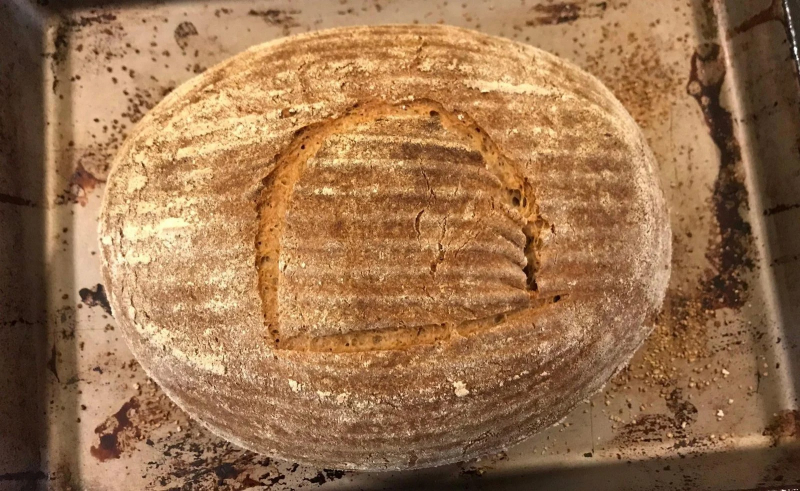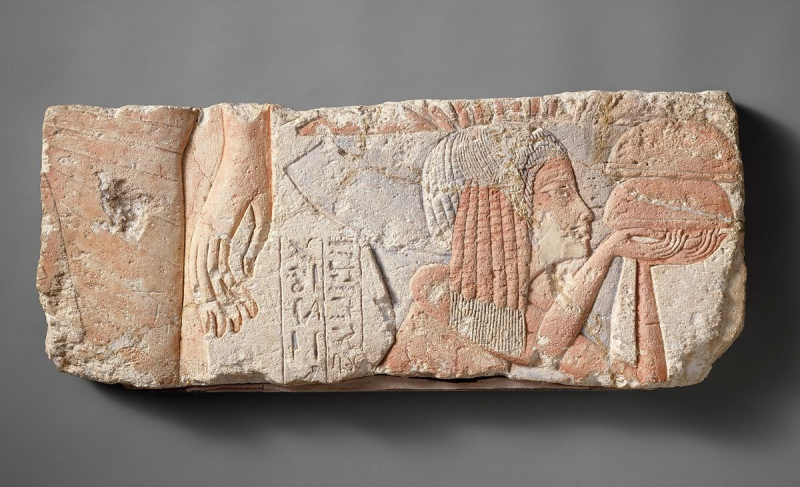Bread
Bread is a basic staple of the Egyptian diet, being one of the most famous Ancient Egyptian kinds of food. Each tomb owner's first wish from those who are still alive across the grave is 1,000 loaves of bread. From archaeological remains, art, and writing, we know that loaves can be created in many fanciful shapes, such as obelisks, geese, cattle, gazelles, people, flowers, vases, fruits, and geometric shapes. The bread was a staple food item in the diet of the ancient Egyptians, but the bread they ate was different from the bread we normally eat today. Because of the primitive tools used to make bread, some undesirable ingredients such as quartz, feldspar, mica and other ferromagnetic minerals are often mixed with the flour, along with germs and other allergens.
After the dough has been formed, bread is made by mixing the dough and kneading it with both hands or even feet in large kneading drums. To add some flavor, additives such as yeast, salt, spices, milk, and sometimes eggs are added just before the bread is cut into pieces. The bread was always coarser and harder because of these extra ingredients, but nonetheless, bread made up the largest part of the ancient Egyptian diet. The staple of ancient Egyptian cuisine was the bread which was eaten by both the rich and the poor. It is consumed daily and is made from wheat or barley.












